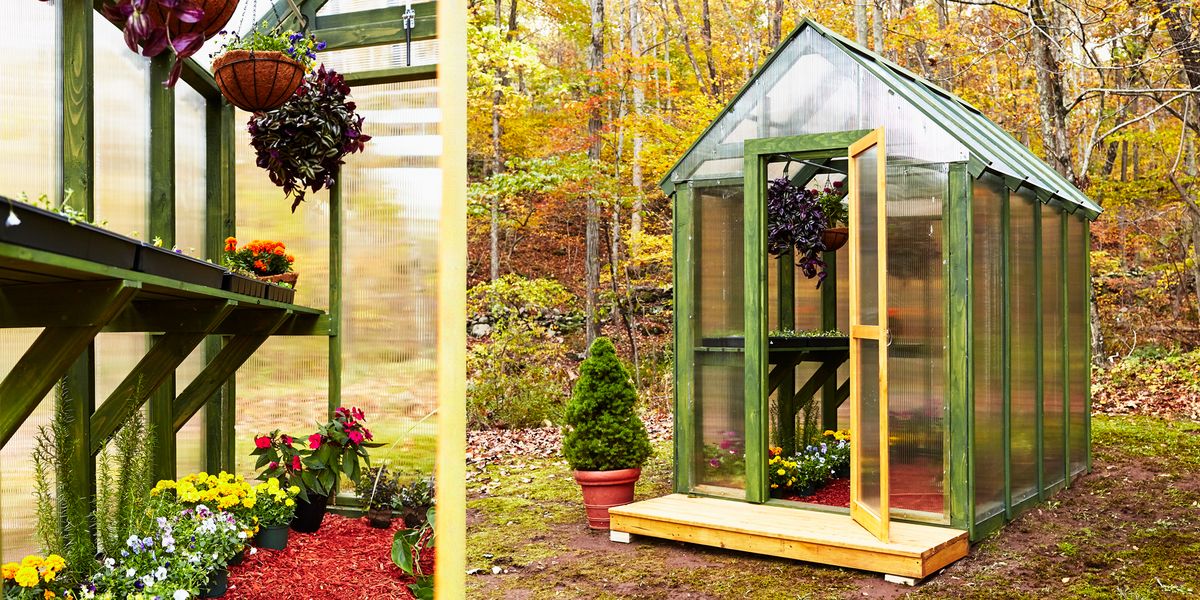Monarch Greenhouse Utah: Boosting Expanding Rooms with Precision Construction
Wiki Article
The Future of Greenhouses: Technologies in Lasting Farming
Are you interested regarding the future of greenhouses and just how they are reinventing sustainable farming? From innovative climate control systems to upright farming strategies, water-efficient watering techniques, renewable energy combination, and smart data analytics, these innovations are changing the method we grow our food.Advanced Environment Control Solution
To attain optimal growing conditions, you can count on the innovations in greenhouses with sophisticated environment control systems. These systems have actually revolutionized the means we grow crops, offering a regulated environment that contributes to plant growth. With these innovative systems, you can currently adjust temperature level, humidity, light levels, and also CO2 focus to create the excellent conditions for your plants to grow.One of the key functions of these innovative climate control systems is their ability to control temperature level. By utilizing sensing units and automated controls, the greenhouse can adjust the temperature based upon the specific requirements of the plants. This makes sure that they are never revealed to severe heat or cool, which can be destructive to their growth.
Humidity control is an additional vital aspect of these systems. By keeping the perfect moisture degrees, you can stop issues such as mold, mildew, and illness from affecting your plants. These systems can likewise regulate the quantity of light that reaches the plants, guaranteeing that they obtain the optimum amount for photosynthesis.
In addition, progressed climate control systems can even control CO2 concentrations. By boosting the degrees of CO2 in the greenhouse, you can enhance plant development and performance. This is particularly helpful in areas with low all-natural carbon dioxide levels.
Vertical Farming Techniques
One crucial upright farming technique is using piled growing systems. Piled expanding systems are typically utilized in city locations where area is restricted.One prominent method is called upright hydroponics, where plants are expanded in nutrient-rich water without soil. This method is extremely reliable as it decreases water use by approximately 90% compared to standard farming methods. Furthermore, considering that the plants are grown inside your home, they are secured from illness and parasites, lowering the demand for pesticides.
An additional strategy is aeroponics, which involves putting on hold the plant origins in a haze or air atmosphere. This method permits optimal nutrient absorption and oxygenation, causing faster growth and greater returns. Aeroponics likewise utilizes less water than typical farming and can be executed in vertical systems, making it a popular option for vertical farming.
Water-efficient Irrigation Approaches
Optimizing water conservation is important when it concerns applying water-efficient irrigation techniques in sustainable agriculture. With global water deficiency ending up being a pushing issue, it is critical to develop ingenious strategies that optimize water usage in greenhouse procedures.One appealing method is drip irrigation, which supplies water directly to the plant origins, decreasing waste and evaporation. By utilizing a network of tubes with tiny emitters, water is used gradually and precisely, making sure that plants receive the required wetness without excess drainage.
One more effective method is using dirt dampness sensors. These gadgets gauge the moisture content in the dirt and provide real-time information to farmers. By monitoring the soil's moisture degrees, farmers can precisely determine when and just how much water to apply, stopping over-irrigation.
Moreover, the execution of rain harvesting systems is getting popularity in greenhouse agriculture. Accumulating rainwater from roofs and keeping it in storage tanks permits farmers to use this natural deposit for irrigation purposes, lowering try this site reliance on standard water resources.
Finally, the fostering of automated watering systems can significantly enhance water performance. These systems make use of sensors to detect soil moisture levels and weather, adjusting irrigation timetables appropriately. By enhancing water usage based upon real plant demands, these systems can minimize water waste and advertise sustainable farming methods.
Renewable Resource Assimilation
Sustainable energy integration in greenhouses supplies a number of benefits, consisting of lowered operating costs and lowered reliance on non-renewable energy resources. The produced power can after that be utilized to run various procedures within the greenhouse, such as lighting, air flow, and heating systems. These turbines harness wind power and transform it into power, which can be made use of to supplement the energy demands of the greenhouse.Smart Data Analytics and Automation
To boost the efficiency of your greenhouse operations and enhance source utilization, take into consideration implementing smart data analytics and automation. Smart data analytics includes accumulating and analyzing data from various sensors and gadgets within your greenhouse.
This can consist of automating the control of lights, air flow, watering systems, and nutrient shipment. By automating these processes, you can make sure that your plants get the best conditions and nutrients at the right time, without the need for consistent manual treatment.
Additionally, wise information analytics and automation can interact synergistically. The information collected by sensors can be utilized to inform automated systems, allowing them to make real-time adjustments based upon the existing conditions. This integration of information analytics and automation can lead to much more efficient and specific source allotment, eventually resulting in higher yields and her explanation far better crop quality.
Verdict
In final thought, the future of greenhouses in sustainable farming looks appealing. With advanced environment control systems, vertical farming strategies, water-efficient irrigation approaches, and renewable resource assimilation, greenhouses are ending up being extra eco friendly and reliable. Additionally, the usage of smart information analytics and automation even more boosts productivity and lowers waste. These advancements are paving the method for an extra sustainable and reliable farming market, ensuring a greener and healthier future for here all.
By enhancing water usage based on real plant needs, these systems can reduce water waste and advertise lasting farming techniques.

Report this wiki page